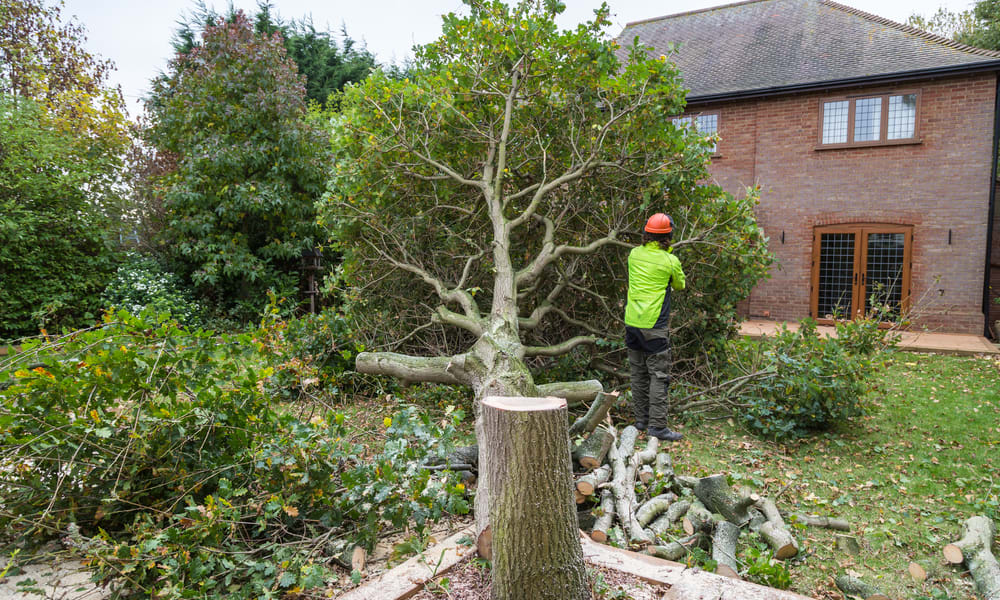Decoding the Behavior of Prairie Dogs: An Insight into Their Fascinating World
Prairie dogs, those small, burrowing rodents native to North America, are often overlooked in the grand scheme of animal behavior studies. However, their complex social structures, advanced communication methods, and intriguing lifestyle make them captivating subjects. This article delves into the world of prairie dogs, providing an insight into their behaviors, societal norms, and their role in the ecosystem.

A Glimpse into the Past: Prairie Dogs and Their Evolution
Prairie dogs have a rich history dating back to millions of years. They belong to the Sciuridae family, which also includes squirrels and chipmunks. Fossil evidence indicates their presence in North America since the Pleistocene epoch, adapting and evolving into the five species we know today: black-tailed, white-tailed, Gunnison’s, Mexican, and Utah prairie dogs. Humans’ relationship with prairie dogs has been complex, ranging from admiration for their industrious nature to disdain for their agricultural disruptions.
Prairie Dog Societies: A Paragon of Order and Structure
Prairie dogs live in extensive colonies or ‘towns,’ demonstrating a high level of social organization. These towns are subdivided into territories called coteries, typically consisting of one male, several females, and their offspring. This structure promotes cooperation and reduces conflicts, indicating advanced social intelligence.
The Language of Prairie Dogs: More Than Just Squeaks
Recent studies reveal that prairie dogs possess a surprisingly sophisticated language system. They produce distinct sounds for different threats, including specific calls for humans, hawks, or coyotes. Some researchers suggest that their alarm calls can even describe the size, shape, and speed of an approaching predator, reflecting a level of communication complexity previously unknown in rodents.
The Role of Prairie Dogs in the Ecosystem: Small Creatures, Big Impact
Despite their small size, prairie dogs play a substantial role in the ecosystem. Their burrowing activities aerate the soil, promoting plant growth. They are also a vital food source for many predators, and their abandoned burrows provide homes for various species. However, their numbers have been declining due to habitat loss and disease, raising concerns about the knock-on effects on ecosystems.
The Prairie Dog Market: An Ethical Dilemma
Prairie dogs have been sold as exotic pets, with prices ranging from $100 to $300. However, this trade raises ethical issues as prairie dogs are wild animals that do not adapt well to captivity. Also, their social nature means that isolating them can lead to stress and health issues. Experts now recommend against keeping prairie dogs as pets, advocating instead for their protection in their natural habitats.
In conclusion, prairie dogs are fascinating creatures with complex social structures and surprising communication abilities. As we continue to learn more about these remarkable rodents, it becomes clear that they play a pivotal role in North American ecosystems. As such, it is critical that we take steps to conserve and protect prairie dog populations, ensuring their survival for generations to come.




